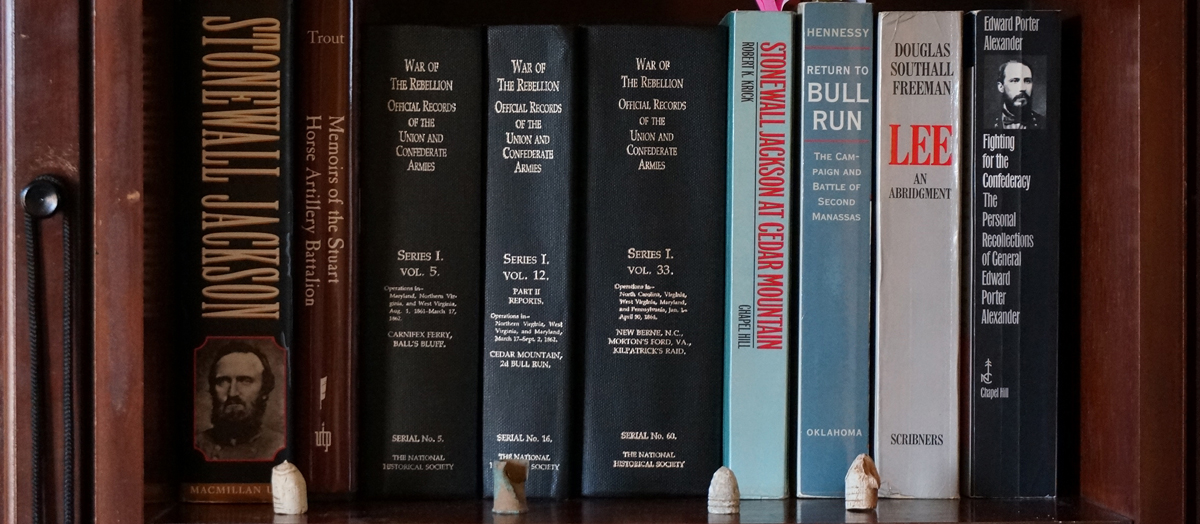No. 13.
Report of Capt. Joseph M. Knap, Battery E, Pennsylvania Light Artillery.
Headquarters Knap’s Pennsylvania Battery,
Near Culpeper, Va., August 14, 1862.
Colonel: On Friday, 8th instant, I was ordered by general Crawford, commanding brigade at Culpeper, to move at 4 p.m. in advance of his brigade with four guns. We took a position on an eminence to the left of the Orange road, some 400 yards beyond Cedar Run, and remained there all night, nothing occurring until 12 m. on Saturday, the 9th instant.
At the time above mentioned the enemy opened upon our advance cavalry with two batteries, one of which (1 ¼ miles to the front and left of our position) I was ordered to reply to. A few shots from my battery, together with two or three from a section of Roemer’s Second New York, under my command, soon silenced the enemy’s guns, causing them to change their position.
At 1.30 p. m. General Geary’s brigade arrived and took position on my left, Lieutenant Geary’s section of artillery being posted on the right or the brigade. A section of Captain Best’s battery, Lieutenant Cushing, was assigned to me, and took position on the left of Lieutenant Howard’s section, Second New York Battery.
At 2.30 p. m. the enemy opened with two batteries, about a mile distant, upon our position, and in less than twenty minutes four additional batteries were unmasked, all apparently concentrating their fire on our artillery. The enemy’s line of batteries extended in a crescent shape for about 2 ½ miles on elevated ground, and at distances from our batteries varying from 1,500 to 2,500 yards. A continual fire from both sides was kept up, the enemy occasionally changing the position of their batteries, until 5.30 P. M., when our infantry moved forward on the right, charging upon and silencing the two batteries on the enemy’s left, which had produced the most effect upon our artillery. We were then ordered to devote our attention to the enemy’s right flank, and fire on their infantry whenever it was practicable.
The enemy’s artillery ceased firing about dusk, when I was ordered by Capt. C. L. Best, chief of artillery, to fall back and take another position, my ammunition, with the exception of canister, having been expended. I took position about 1 mile to the rear of my first, and remained there all night. Owing to the nature of the ground I was unable to shift my position materially during the entire engagement. I was forced to leave two caissons on the field, empty and disabled, one of which has been recovered.
My loss in men was 1 killed and 7 wounded, and in horses 14 killed and disabled.
One gun was disabled late in the action by a cannon-shot, but was brought off the field. No ammunition fell into the enemy’s hands.
In conclusion, it gives me great pleasure to testify to the gallant conduct and bearing of my men and those of Lieutenants Howard’s and Cushing’s sections, temporarily under my command, and to the bravery and skill displayed by Lieutenants Geary, McGill, Cushing, and Howard, and acting Lieutenant Dunlevy.
The amount of shell expended by my battery (six 10-pounder Parrotts) was 980.
Respectfully, your obedient servant,
JOS. M. KNAP,
Capt., Comdg. Pa. Bat., attached to First Brig. Second Div.
Col. Charles Candy,
Comdg. First Brig., Second Div., Second Army Corps.

